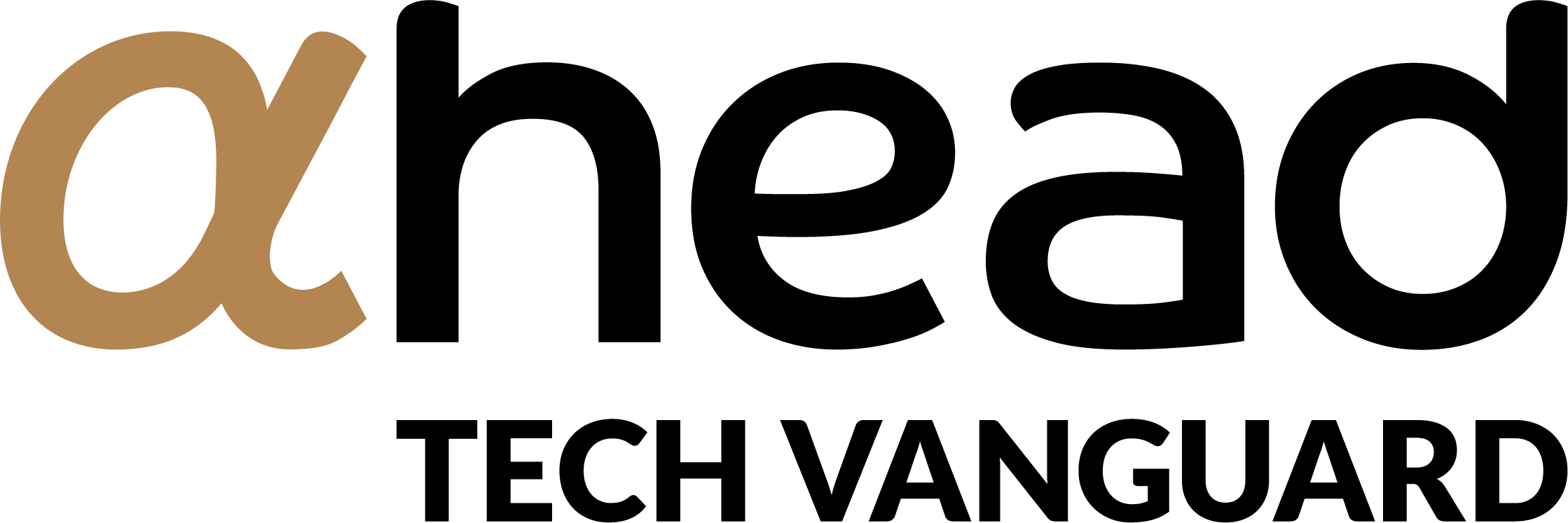PREV
Case Studies
NEXT
INDEX
Contex
Key questions
Problem
Solution
Benefits
Organizing the layout of a new production plant with the digital twin and optimizing the production scheduling
Learn how a leading company in the design and construction of cement buildings reorganized its production plant thanks to simulation and optimization of production scheduling.
Digital Twin for Optimal Design and Production Scheduling
A leading company in the production of cement buildings asked aHead Research to support the re-organization of its new production plant, in which a completely automated and highly complex process used to take up to 12 hours for the production of a single item. The goal was to quantify and re-arrange the respurces needed inside the plant and identifying the best schedule to minimize production times, reduce the inactivity of the resources and improve the management of the inflows of raw materials.
During an initial phase, a simulation model was built to replicate the whole process. The aim was to evaluate the level of its performances in different organizational scenarios and to support both layout and number of choices. Subsequently, to optimize production scheduling, an optimization algorithm was created to transform production logics into mathematical items and propose an efficient and effective planification of processes, both before and after the production starts, based on the current conditions of the system and an update WIP
Key questions:
- What is the right amount of resources do employ so that production reaches its daily target?
- What is the best resource allocation in the plant for an increased efficiency?
- What is the best scheduling for the activities, considering the established time goals?
- How can the scheduling be changed in light of the current status of the system?
- How many raw materials should be ordered and when, so that such raw materials are available whenever needed during the production process?

OUR METHOD



The benefits
The problem

Designing the layout of a new production plant
Designing the layout of a new production plant, the amount of resource to buy, the optimal sequence of activities for the construction of a building are all critical decisions upon which the success of a business relies. In particular, they become fundamental decision in case of complex processes with several criticalities:
- Several automated systems interfere with each other, for example overhead cranes working along the same tracks and might therefore block each other’s ways, even when allocated to different parts of the plant.
- Several resources are shared between different staged of production that need to be executed simultaneously -overhead cranes, rail cars, operators and movable side rails.
- Necessary waiting times for certain production processes, such as hardening, which may create inefficiencies in case of activities da cannot proceed unless such processes are complete.
The solution

Our solution for the digital twin of the production plant and scheduling optimization
Through an advanced simulation software, we created a Digital Twin of the production plant able to faithfully replicate the production logics of the entire process. Design-wise, by supposing an ASAP (As Soon As Possible) logic for the scheduling, several scenarios were evaluated by changing the number of resources -overhead cranes, grabs, operators- and the allocation strategy. Our what-if analysis allowed for the observation of system performances both in nominal conditions and with the introduction of uncertainties and other random elements to properly account for the natural variability of the process and the trustworthiness of the results.
In a secondary phase, we developed an algorithm of mathematical optimization able to contemporaneously account for all of the system’s elements (activities, resources, raw materials) and the time goals associated with the construction of each building. Such model allowed for the creation of the best scheduling according to the business goals.
- Minimizing the makespan, the overall time for the construction of a whole building
- Minimize tardiness, the greatest possible delay on the due date for each component of the building construction.
The benefits

The benefits of the use of the digital twin and scheduling optimization
Thanks to the work of the simulation team of aHead Research, it was possible to support the client in designing a new plant. The goals was to evaluate and suggest the best design so that the client’s daily target would be reached and the investment costs would be minimized. Compared to what the company had originally envisaged, we advised the purchase of three overhead cranes instead of two and two rail cars instead of one, together with the design of a new layout that would allow for the operation of the rail cars while reducing the inefficiency of the workforce involved. Moreover, we identified and shared a min-max range of necessary operators for the different activities, which would create a balance between the inactivity of resources and productions times, while respecting the business target.
The optimization team identified the optimal sequence of activities, both at the production and at the logistics level like the transportation of raw materials and the handling of finished items, allowing a complete and efficient management of the entire process. The solution can also predict the usage of such raw materials, therefore generating the Material Resource Planning (MRP) and supporting the procurement from suppliers. Moreover, based on WIP and the current status of the system, the same algorithm can be employed for real-tim rescheduling of all activities in case of dealys of other unforeseen situations may compromise the initial planning.
